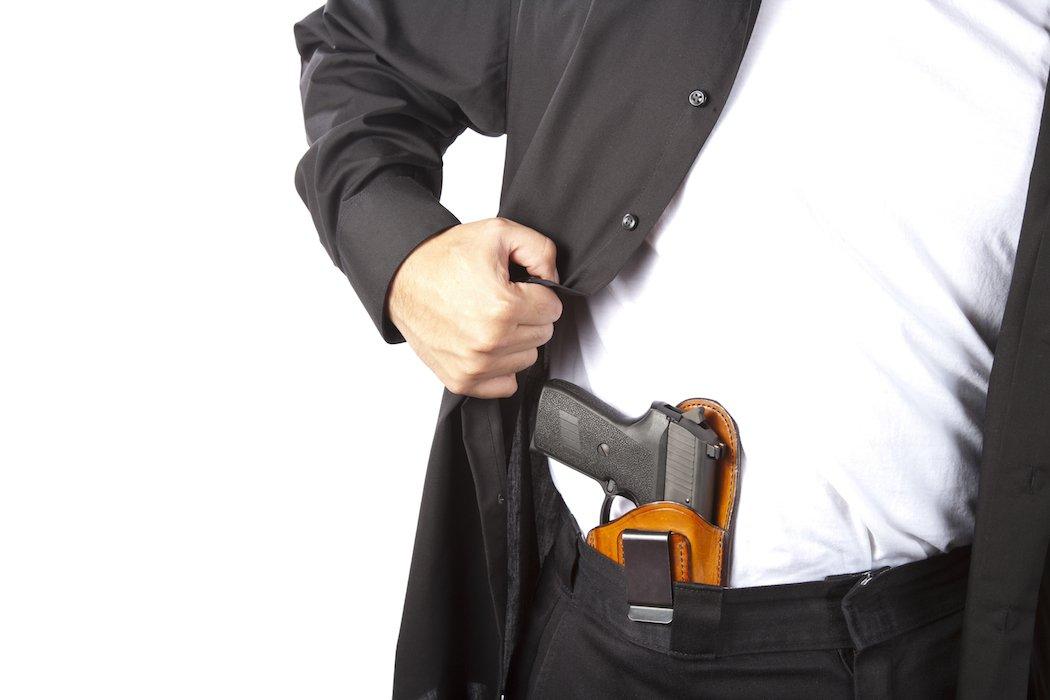Concealed Carry Mistakes
There are many mistakes a CPL holder can make. Being an NRA instructor and working fulltime at a gun range, I get many questions regarding concealed carry. While instructing CPL courses, I address the common mistakes that people make when carrying a concealed sidearm. Here are the top five.
Occasional Carry
If you carry a concealed handgun for self-defense, you should carry every day. It's just like wearing your seatbelt. You never expect to have an accident, but you prepare anyway.
A Bad Holster
You bought a gun. You spent a good chunk of money on it. Why put it in a cheap, poorly-made holster? You have options on how to carry (IWB, OWB, 3 o'clock, 4 o'clock, appendix, etc.). You want a comfortable, secure, and easy-to-wear holster. There are affordable holster options out there. Do some research, and go to a store that lets you try them on. You have to find one that works for your particular needs. Wearing an uncomfortable holster leads to constantly adjusting it.
Checking And Adjusting In Public
When you first start carrying your gun, there's a big urge to touch your gun while carrying in public. Whether it is to check if the gun is still there, or you keep adjusting your holster, it's very important to resist these urges. Know the gun is there…and leave it alone.
Printing And Accidental Exposure
Concealed carry means—if done properly—no one should know you have it. Wearing a shirt that is too tight that gives away the gun is called printing. Printing is a big no-no when carrying a handgun. A shirt that is too short or an article of clothing that does not conceal the whole gun is another common mistake. Wear attire that will completely conceal your firearm. Make sure your clothes are long enough to conceal. To test, bend over at the waist and then reach your arms into the air.
Not Practicing Draw Stroke
You want to clear leather and get the gun out quickly when the crap hits the fan. Your draw technique should be fast and fluid without any fumbling. Dry fire practice with an unloaded gun. Practice draw stroke numerous times a week. Start slowly. When your drawing hand makes contact with the gun, have a firm grip. When the gun clears the holster, have your trigger finger in a position that it rests above the trigger guard in a safe manner. The last thing you want to do is accidentally hit the trigger during the draw. Practice sweeping (pulling up the cover garment) away from the gun without any hang-ups. Practice it over and over again until it becomes automatic.








